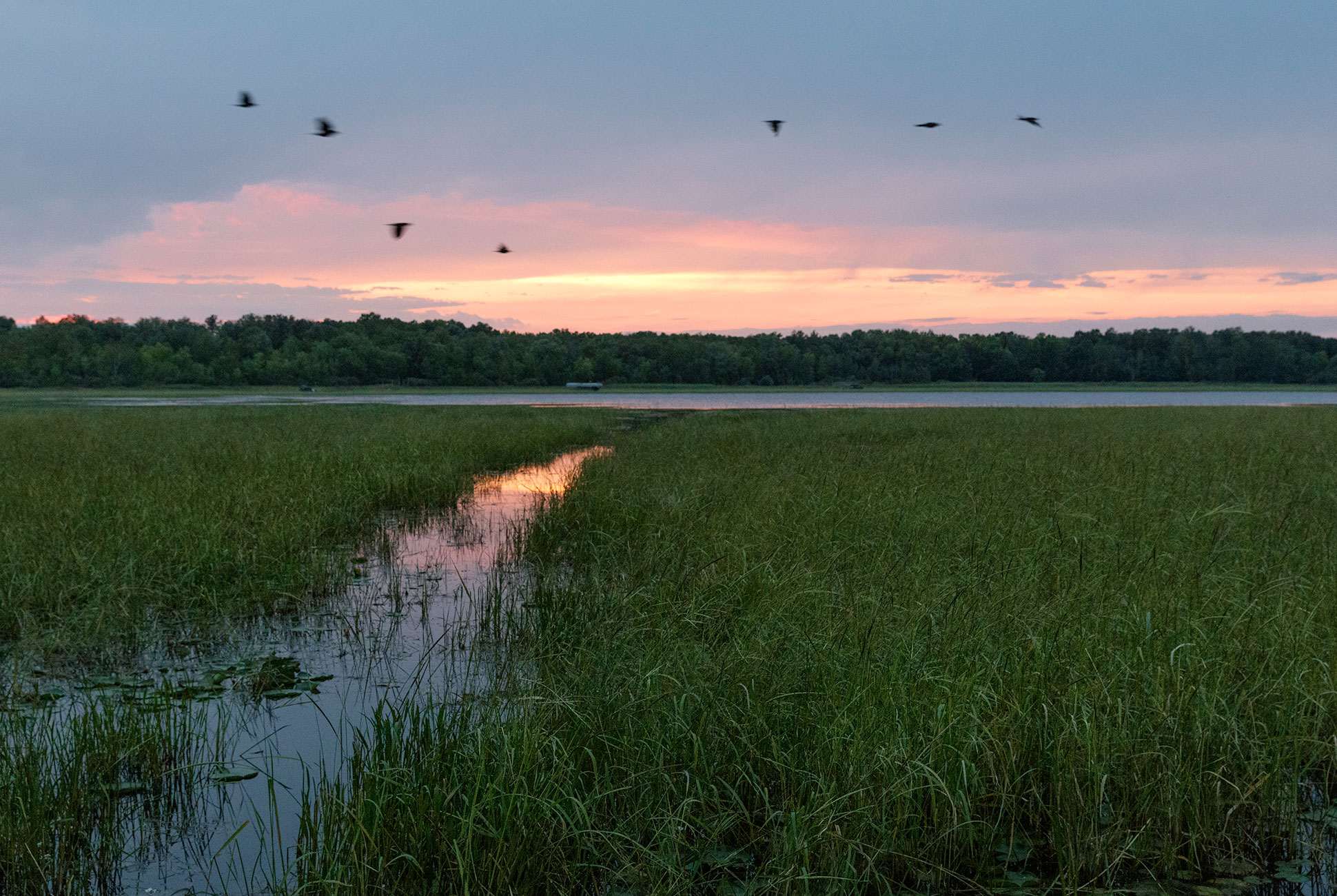Hidden Indigenous Trading Centers Of The Great Lakes

Ever wondered about the hidden gems of the Great Lakes? The Great Lakes region is not just about stunning landscapes and vast waters. It's also home to ancient Indigenous trading centers that played a crucial role in history. These centers were bustling hubs where tribes exchanged goods, stories, and cultures. Imagine walking through areas where people once traded furs, tools, and pottery. These trading spots were more than markets; they were places of connection and community. Exploring these sites offers a glimpse into the rich heritage and vibrant life of the Indigenous peoples. Ready to dive into this fascinating part of history? Let's go!
Hidden Indigenous Trading Centers of the Great Lakes
The Great Lakes region, rich in history and culture, was once a bustling hub for Indigenous trading. These centers were vital for commerce, culture, and community. Let's uncover some of these hidden gems.
Ancient Trade Routes
Indigenous peoples established intricate trade routes across the Great Lakes. These routes connected various tribes and facilitated the exchange of goods, ideas, and traditions.
Cahokia Mounds
Located near present-day St. Louis, Cahokia was a major trade center. It connected the Great Lakes with the Mississippi River, allowing for the exchange of goods like copper, shells, and pottery.Mackinac Island
This island served as a strategic trading post between the Great Lakes and the interior. Indigenous traders exchanged furs, fish, and other goods here.
Cultural Exchange Hubs
These trading centers were not just about commerce; they were also places where cultures met and mingled. They played a crucial role in the cultural exchange among various tribes.
Sault Ste. Marie
One of the oldest settlements in North America, Sault Ste. Marie was a key cultural exchange hub. It connected tribes from the Great Lakes to those from the interior, facilitating the exchange of languages, customs, and traditions.Green Bay
Green Bay was another significant cultural exchange hub. Indigenous peoples from different regions gathered here to trade goods and share stories, songs, and dances.
Strategic Trading Posts
Strategically located trading posts were essential for the efficient movement of goods. These posts often became bustling centers of activity.
Detroit River
The Detroit River served as a critical trading post. Its strategic location allowed for the easy movement of goods between the Great Lakes and the interior.Niagara Falls
Niagara Falls was another strategic trading post. Indigenous traders used the falls as a meeting point to exchange goods like furs, food, and tools.
Natural Resource Centers
The Great Lakes region was rich in natural resources, making it an ideal location for trading centers. These resources attracted traders from far and wide.
Keweenaw Peninsula
Known for its abundant copper deposits, the Keweenaw Peninsula was a major natural resource center. Indigenous peoples mined copper here and traded it with other tribes.Lake Superior
Lake Superior, with its rich fish stocks, was another important natural resource center. Indigenous traders exchanged fish and other goods here.
Spiritual and Ceremonial Sites
Many trading centers also held spiritual and ceremonial significance. These sites were places of worship, celebration, and community gathering.
Serpent Mounds
Located in Ontario, the Serpent Mounds were both a trading center and a ceremonial site. Indigenous peoples gathered here to trade goods and participate in spiritual ceremonies.Effigy Mounds
Effigy Mounds in Wisconsin served a similar dual purpose. These mounds were not only trading centers but also places of spiritual significance where tribes conducted ceremonies and rituals.
Discovering the Rich History of Indigenous Trading Centers
Exploring the hidden Indigenous trading centers of the Great Lakes reveals a rich tapestry of history and culture. These centers were bustling hubs of commerce, where tribes exchanged goods, ideas, and traditions. They played a crucial role in shaping the region's economic and social landscape long before European settlers arrived.
Visiting these sites today offers a unique glimpse into the past. You can see artifacts, learn about ancient trade routes, and understand the significance of these centers in Indigenous life. It's a journey that deepens appreciation for the resilience and ingenuity of the Indigenous peoples.
Whether you're a history buff or just curious, these trading centers provide valuable insights into a world that thrived for centuries. They remind us of the enduring legacy and contributions of Indigenous cultures to our shared heritage.

